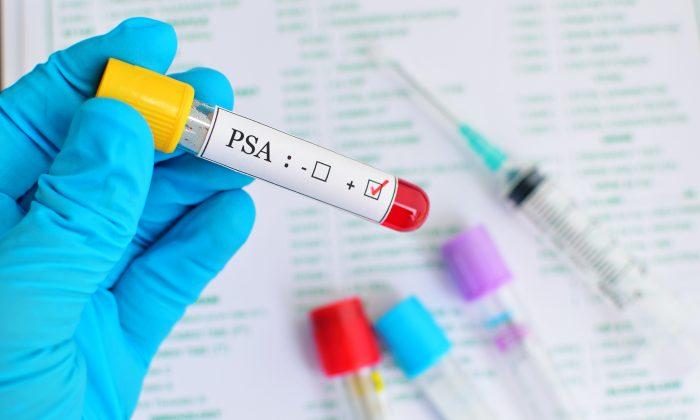An enlarged prostate, also known as benign prostatic hyperplasia (BPH), becomes more common as men age past 50. About half of all men between the ages of 51 and 60 will develop the condition and up to 90 percent of men over the age of 80 will have it.
All men should know what the symptoms are and get checked out as soon as possible if these symptoms appear.
During a man’s lifetime, the prostate has two main growth periods. The first is when he goes through puberty; during this time, the prostate will double in size. The second growth period starts around age 25. It is natural for the prostate to continue to grow for the rest of a man’s life. This second period is usually when BPH develops. This benign condition does not lead to prostate cancer, but the two conditions can coexist.
As the prostate gland enlarges, it will squeeze the urethra, the tube running through the center of the prostate gland that carries urine and semen out. Over time, the expanding prostate restricts the flow of urine, resulting in symptoms including the following:
- A hesitant, interrupted, weak urine stream
- Urgency, leaking, or dribbling
- A sense of incomplete emptying
- More frequent urination, especially at night
- Pain or burning with urination
- Blood in the urine
Certain risk factors can increase the likelihood of a man developing BPH:
- Age
- Family history—especially having a relative such as a father or brother with BPH
- Ethnicity—African American men have the highest risk for BPH while Asian men have the lowest
- Diabetes and heart disease
- Obesity
I think it is important for all men over the age of 50 to have their prostate checked annually, even if they have no symptoms. Starting at age 40, all men should have a baseline prostate-specific antigen (PSA) test. A yearly physical exam, along with a PSA test and a digital rectal exam, can help determine if a man’s prostate is enlarging.
There are several treatment methods that can be used to reduce the symptoms a man may be experiencing. Treatment for BPH will depend on whether the prostate is continuing to enlarge and what symptoms are present. Options for treating BPH include the following:
- Active surveillance or watchful waiting. This is done if a man has few if any symptoms and the prostate enlargement is stable. Medications, such as Avodart, Cardura, Uroxatral, Proscar, Cialis, and Flomax, can be used for controlling any symptoms.
- Transurethral resection of the prostate (TURP), a surgery considered to be the optimum treatment for BPH. It reduces symptoms in 80 to 90 percent of patients.
- Transurethral needle ablation (TUNA), a procedure that involves passing a scope into the urethra and placing needles into the prostate gland. Radio waves pass through the needles, heating and destroying excess prostate tissue blocking urine flow.
Men experiencing the symptoms of BPH need to work with their doctor to determine which treatment option is right for them. There is no one-size-fits-all approach.

Dr. David Samadi is the chairman of the urology department and chief of robotic surgery at Lenox Hill Hospital. He is a medical correspondent for the Fox News Channel’s Medical A-Team. Learn more at RoboticOncology.com and visit Dr. Samadi’s blog, SamadiMD.com
Follow him on Twitter and Facebook.





Friends Read Free